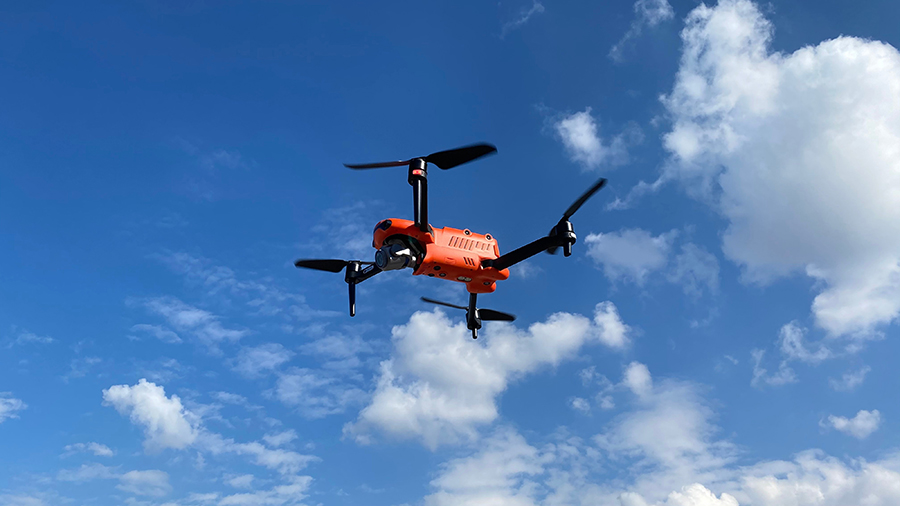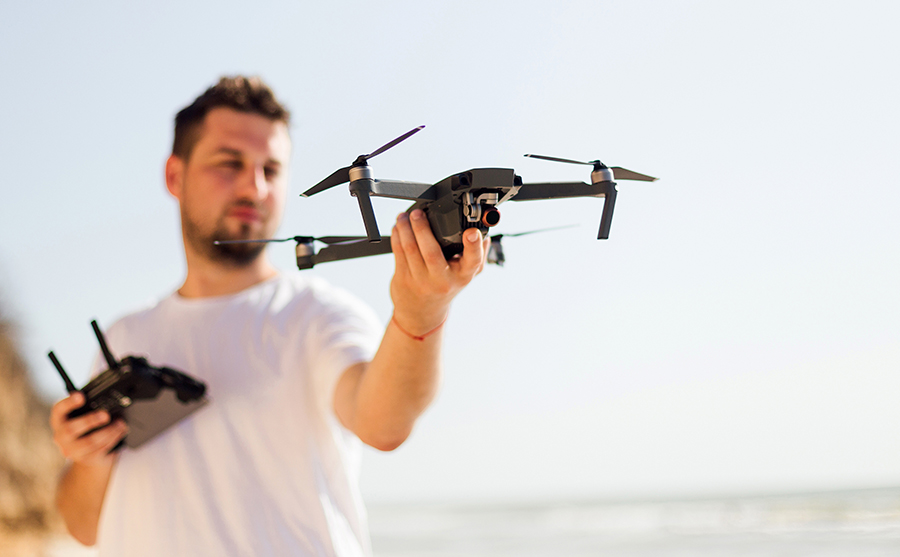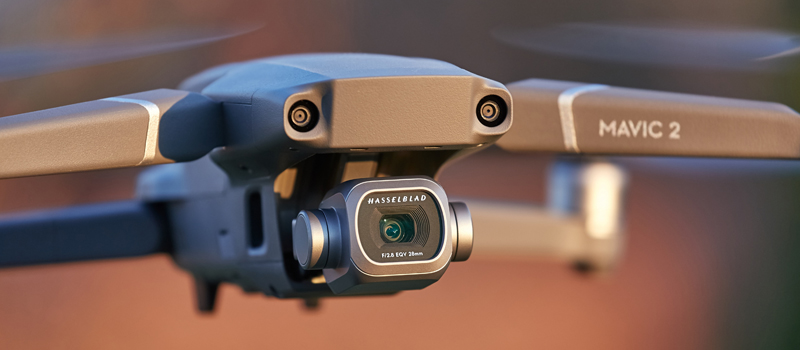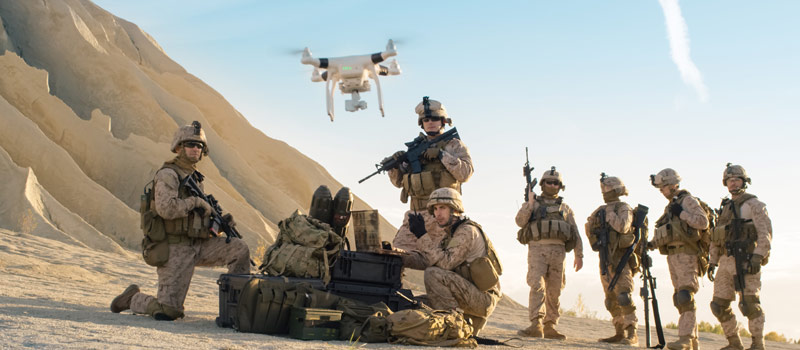-
How hot is too hot?
-
The challenges of flying in hot weather
- Extreme heat
- Low air density
- High humidity
- Glare
-
A few additional tips
- Don’t leave your drone in the car
- Keep your batteries cool
- Plan for shorter flights
- Keep moving
- Be ready for glare
- Don’t forget to hydrate
- Cool down your devices before storage
-
Final thoughts
Yes, flying your drone in hot weather is possible but be aware of your drone’s maximum operating temperatures. Also, be wary of faster battery drainage and overheating, so it’s best to plan for shorter flights. Don’t forget to keep yourself hydrated!
There are still a few weeks of summer left, so there’s still some time to do your favorite outdoor activities. If you own a drone, then this might be the best time for drone flight and aerial photography. Here are a few extra precautions to keep in mind when flying your drone in this heat.
How hot is too hot?
Most consumer-grade electronic devices, such as smartphones and tablets, have a normal operating temperature of 32 C. The usual recommendation is to not let them reach temperatures of 40 C or higher. This rule generally also applies to drones.
While the ambient temperature is not likely to reach 40 C, the internal temperature of your drone is a different matter. Keep in mind that the battery heats up during operation, as do the motors when they rotate. Other electronic components in the controller board, transmitter, and camera can also heat up beyond the ambient temperature.
When electronics approach this threshold temperature, they may start functioning poorly. In a drone, this typically manifests as poor responsiveness or signal latency. Your controller’s connection and video feed may start dropping intermittently. When you start experiencing such signs, it’s best to ground your drone and take a break.
The challenges of flying in hot weather
Hot weather presents several unique circumstances that you will need to deal with as a drone pilot. If you’re still a beginner in aviation, you may not be familiar with how extreme temperatures affect the performance of an aircraft. Here are a few things to anticipate if you want to avoid a crash course:
Extreme heat
As mentioned, electronics tend to get wonky when exposed to extreme temperatures. An outdoor temperature of 34 to 36 C may be within the tolerable temperature of your drone, but its internal components can heat up beyond this value. The performance of electronics tends to suffer when they overheat. In extreme conditions, you run the risk of causing long-term damage.
Of course, extreme heat also affects you as a drone pilot. Hours of drone flight can cause exhaustion and dehydration, which may hamper your reaction time and decision-making skills. Make sure to also have the tools and supplies to help you endure extreme heat when flying drones in summer.
Low air density
Air molecules move faster at high temperatures, causing a significant reduction in air density. This does not bode well for flying your drone, as it means that the motors need to rotate faster to generate the same amount of lift. This drains the battery faster and may cause the internal components of the drone to heat up faster. Your drone may also feel a bit sluggish and less responsive.
High humidity
Moisture is always a cause of trouble for drones, whether it rains or on a particularly hot and sticky day. Drones don’t exactly have any protection from moisture uptake – their motors are practically exposed. If moisture gets excessive, it may cause damage to your drone’s electronics.
Whenever you retrieve your drone to charge its battery, try and give it a wipedown with a dry cloth or paper towel. If there is substantial moisture in your drone, do not store it right away in an airtight container.
Glare
Visibility can also be an issue in summer, especially when there are not many clouds to offer some shade. This applies both to your controller display and keeping track of the actual drone to maintain visual contact. It’s still best to have another person with you to act as a visual observer.
Flying under shade is still best, both for your sake and to keep your controller display visible. If this is not possible, then don’t forget to bring along a sun hood.
Flying in very hot weather certainly isn’t ideal, but it does not mean that you have to resort to packing up your drone and waiting for better days. There is still a lot of fun to be had out there, but a bit of caution won’t hurt.
A few additional tips
Don’t leave your drone in the car
This tip applies to your drone, your other electronic devices, food, pets, or even some items made of plastic. Some studies have shown that the temperature inside a car can increase by 6 C when left under the sun in just 6 minutes. After some time, the internal temperature of a car can be around 32 C than the outside.
At higher than 60 C, there is a very real risk of electronics getting damaged and batteries exploding. Having to carry around your drone to avoid leaving it in the car is something you need to plan for every time you leave your house with the drone at hand.
Keep your batteries cool
A hot battery performs poorly. It also tends to get hotter over time while in use. The best way to make the most out of your drone’s battery is to keep it cool before deploying it in your drone. We recommend placing your drone batteries inside an insulated container and keeping it under the shade. A cooler for drinks will work perfectly for this purpose. Don’t bother with using cold packs – your batteries may end up getting wet with moisture.
Plan for shorter flights
Shorter flights are the key to safely flying your drones in hot weather. This is a combination of many things – the motors getting overworked, the battery capacity diminishing because of the heat, and the moisture pickup of the drone. Taking frequent breaks also helps you avoid performance issues from developing in your drone which may cause flyaways or crashes due to signal loss.
Keep moving
Drones are typically designed so that the internal components are naturally cooled while they are in motion. This is the function of the various slats and vents that you might have noticed on your drone. Staying put to snap one or two photos is fine, but it’s best to keep your drone moving to help it cool down.
Be ready for glare
Glare is always a problem when flying on sunny days, whether it’s extremely hot or now. The good thing is that there are dozens of inexpensive foldable sun hoods out there for drone controllers. Just pack one of these and you’re good to go. It’s also best to wear appropriate sunglasses if it helps with visibility.
Don’t forget to hydrate
Keep in mind that keeping yourself in good condition is even more important than taking care of your drone. Try to stay in the shade when it’s extremely hot, and don’t forget to bring water or other drinks to keep hydrated. You will want to keep all your wits with you when flying a drone, and that is impossible to do when you’re too exhausted and dehydrated because of the heat.
Cool down your devices before storage
Prolonged exposure to high temperatures can cause permanent damage to your drone’s battery and electronics. If your drone feels warm after use, cool it down for several minutes before returning it to its storage case or bag. This should also help dry off any excess moisture that the drone may have picked up during flight.
Final thoughts
It’s possible to fly your drone in hot weather, but you will need to take a few extra precautions – for both your sake and your drone’s. Staying under the sun feels great at first but can certainly get uncomfortable after a while. This also applies to your drone. Remember to take frequent breaks and not push your drone too far.



